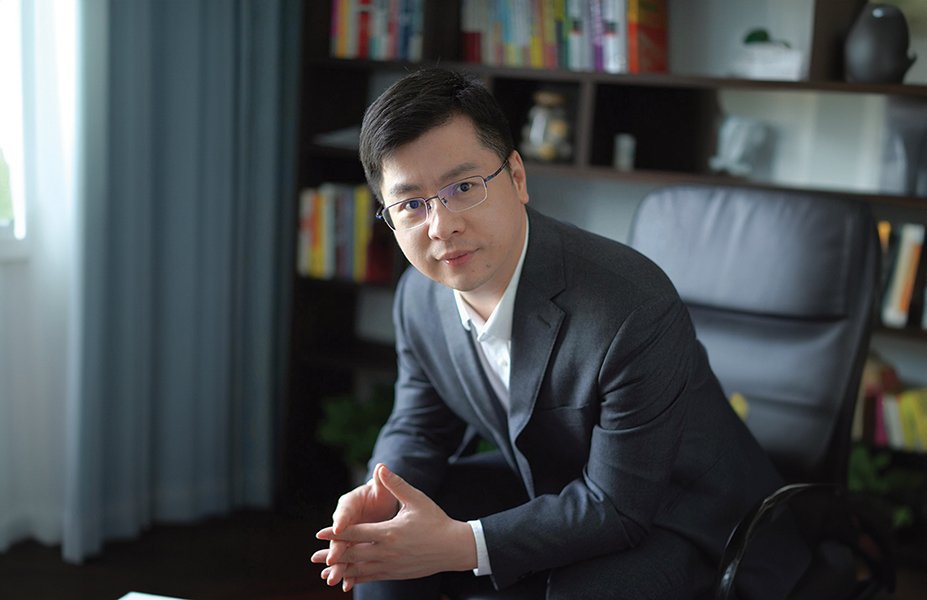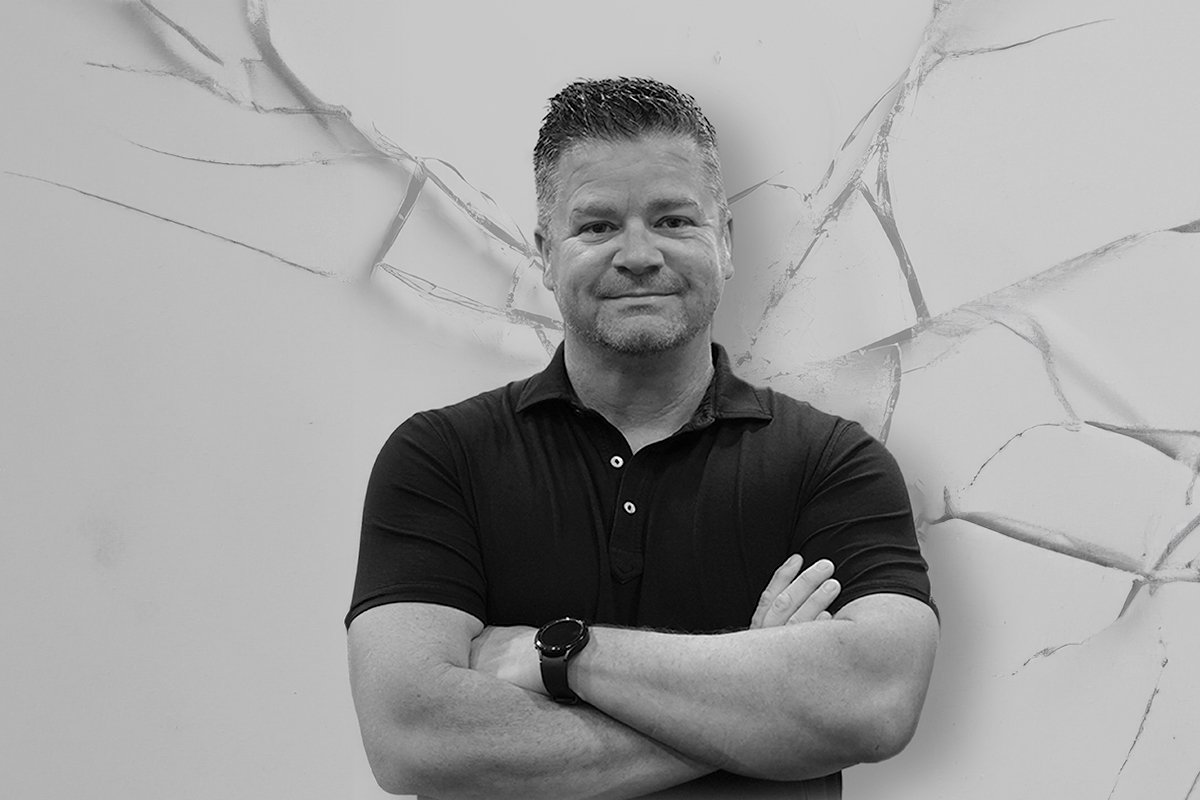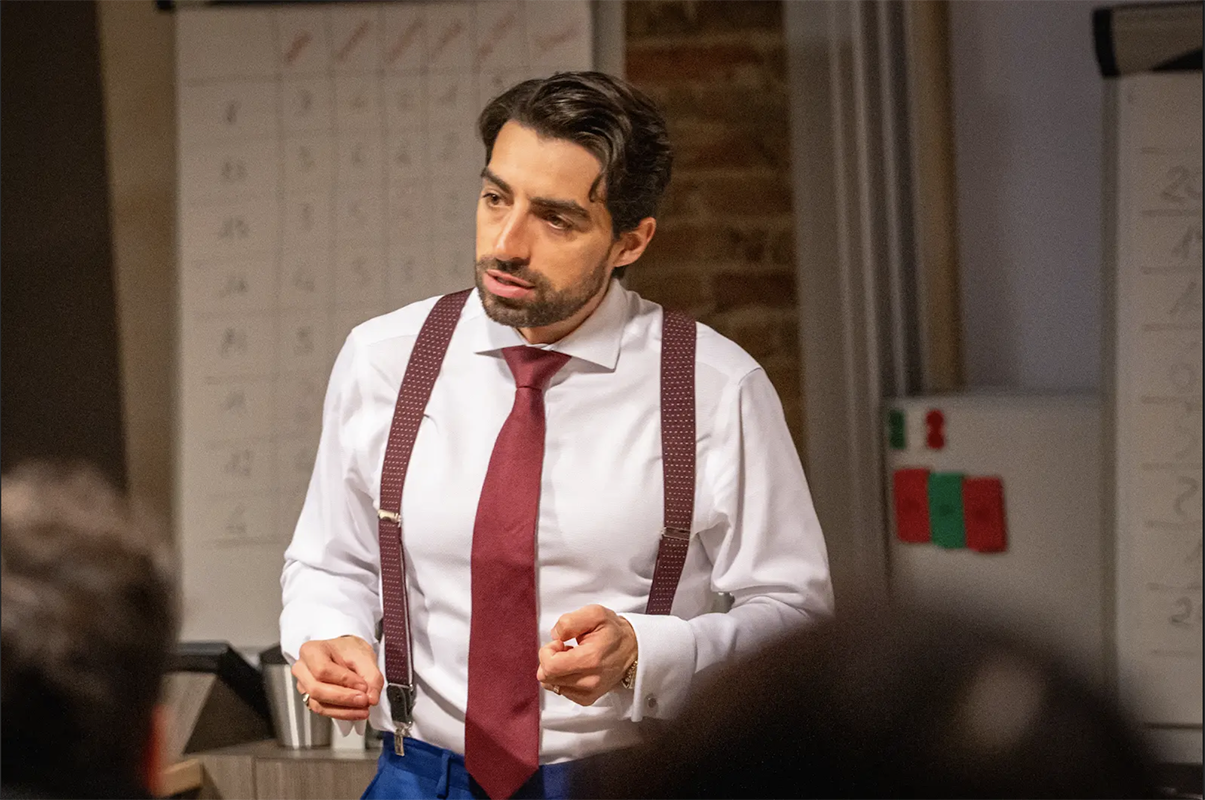Discover how Oliver Chen transformed a startup into a leading menswear brand
Oliver Chen discusses his journey in building COOFANDY, overcoming challenges, and his vision for the future of men’s fashion.
Oliver Chen stands as a beacon of innovation and resilience in the ever-evolving landscape of fashion entrepreneurship. As the founder of COOFANDY, he has not only transformed the brand into a leader in the fashion apparel category since its inception in 2012 but has also demonstrated an unwavering commitment to social responsibility. Under his visionary leadership, COOFANDY has achieved remarkable sales growth year after year, establishing itself as a prominent name in menswear. The launch of the COOFANDY brand in 2015 marked a significant milestone, showcasing Oliver’s ability to blend style with accessibility. His dedication extends beyond business success; through generous donations to educational initiatives and active involvement in the cross-border e-commerce sector, he exemplifies the spirit of a socially conscious entrepreneur.
As we delve into this interview, it becomes clear that Oliver’s journey is not just about building a successful brand but also about navigating the complexities of the fashion industry with a forward-thinking mindset. His insights into the challenges and triumphs of transitioning from an online platform to the prestigious New York Fashion Week reveal the strategic thinking that underpins COOFANDY’s growth. Let us explore the thoughts and experiences of this remarkable entrepreneur as he shares his vision for the future of men’s fashion and the values that drive his work.
Thank you so much for joining us in this interview! Before we dive in, our readers would love to “get to know you” a bit better. Can you tell us a bit about your ‘backstory’ and how you got started?
I’m thrilled to be part of this interview. Initially, during my travels, I discovered that there was a stable demand and a huge potential market for clothing products. This realization led me to focus on developing a business in this sector.
In 2012, I pooled together $500,000 in startup capital with family members and friends to establish Zheguo Clothing Co., Ltd., the predecessor of Saiwei Times. We concentrated all our efforts and resources on the clothing industry. On one hand, we opened a large number of stores and stocked them heavily to capture market share; on the other hand, we actively integrated the upstream and downstream of the clothing supply chain to ensure the variety and quality of our products. Saiwei Times quickly grew into a formidable player in the industry.
I believe that the U.S. clothing market has substantial capacity, and over the past decade, the online penetration rate of clothing retail in Europe and America has been steadily increasing. However, the supply chain system for online clothing operations in Europe and America is quite complex and has high barriers to entry. For instance, companies need to solve challenges like achieving flexible supply and determining the appropriate clothing sizes for American and European consumers.
Clothing is a category with the potential for multi-threaded concurrency. Once key processes are digitally and standardized at the foundational level, they can be highly reused across multiple brands catering to different styles, application scenarios, and consumer groups, thereby enabling scalable empowerment. Leveraging my experience in supply chain management, I aim to deeply transform the traditional clothing industry operations, identify commonalities and patterns in category expansion, and digitize and standardize these commonalities. This includes digitalizing design methods, standardizing sizes and patterns, standardizing fabrics, and digitally scheduling production processes. My goal is to solve the pain points of the traditional clothing industry with an engineer’s mindset, creating barriers in the European and American clothing market, thereby enhancing the efficiency of the entire supply chain and further increasing brand value.
In the early stages of the startup, we faced many challenges such as supply chain management, logistics issues, and market promotion. However, through continuous learning and strategy adjustments, I gradually developed an operational model that worked for us. We invested significant effort in product quality, customer service, and brand building, gradually earning the trust of our customers and recognition in the market.
As our business continued to grow, we actively expanded into new markets and channels, achieving good results not only in the U.S. market but also successfully entering Europe and Asia.
Throughout the journey, I’ve deeply experienced the hardships and sense of accomplishment that come with entrepreneurship. It’s crucial to have a firm belief and a continuous learning attitude; only then can one remain undefeated in a highly competitive market.
. “We aim to continuously expand our sales volume with an annual growth rate of over 50%, targeting revenue of over $300 million by 2024.”
Coofandy started as an online brand. What were some of the key challenges you faced in transitioning from an e-commerce platform to showcasing at New York Fashion Week?
As a leading menswear seller on Amazon, Coofandy has successfully positioned itself as an affordable brand, achieving impressive sales volume.
However, our next step is to cultivate stronger brand loyalty among consumers.
We believe that participating in high-profile events like New York Fashion Week can help us gradually expand our global visibility and solidify our brand’s presence on the international stage.
How does Coofandy leverage data-driven strategies to stay ahead in the competitive fashion industry, and how do these strategies influence your design and production processes?
“We are rooted in the Amazon platform, focusing deeply on the Amazon Fashion category. By collaborating with professional celebrities and supermodel agencies,
we continuously elevate the brand’s fashion appeal.”
As Coofandy continues to expand globally, what are your future plans for the brand, and how do you envision its role in shaping the future of men’s fashion?
“We aim to continuously expand our sales volume with an annual growth rate of over 50%, targeting revenue of over $300 million by 2024.
Beyond the numbers, we are committed to sharing a spirit of timeless elegance, sophistication, and classic style. By blending modernity with craftsmanship,
we strive to promote a positive and aspirational approach to life.”
What was the “Aha Moment” that led to the idea for your current company? Can you share that story with us?
During my college years, a few friends and I went on an international trip. During our travels, I noticed significant differences in clothing styles and consumer habits among people from different countries. One day, while strolling through a small market, I came across a stall selling uniquely designed clothes that were very affordable. It struck me then that if I could bring these unique clothing items back home or sell them in other countries, there would definitely be a market for them.
After returning to school, I delved into researching online sales platforms and discovered that this was a rapidly growing field full of opportunities. Especially in the clothing industry, consumer demand for fashion was continuously increasing, and the internet made sales much more convenient. I realized that by leveraging e-commerce platforms, I could break geographical barriers and sell quality clothing products nationwide.
That market stall from our trip became the source of my entrepreneurial inspiration. It also made me see the vast potential of online platforms and understand the importance of innovating and transforming traditional industries. Leveraging my experience in supply chain management, I aim to deeply transform the operations of the traditional clothing industry, identify commonalities and patterns in category expansion, and digitize and standardize these commonalities. This would enhance the efficiency of the entire supply chain and further increase brand value.
Was there somebody in your life who inspired or helped you to start your journey with your business? Can you share a story with us?
First and foremost, my parents. Although they are not experts in the business field, they have always been very supportive of my choices and dreams. They have provided me with a lot of support and encouragement, both emotionally and financially. Whenever I faced difficulties, they always reminded me to persevere and not to give up easily.
Secondly, my college mentor. He is a highly experienced international trade expert with in-depth knowledge of online sales. After I expressed my interest in online sales, he offered me a lot of valuable advice and guidance, helping me understand market dynamics and industry trends. He also introduced me to relevant seminars and training courses, which laid a solid foundation for my future entrepreneurial endeavors.
Lastly, my friends and classmates, many of whom are also entrepreneurs work on online sales platforms. We frequently discuss market trends, share experiences, and exchange resources. In the early stages of my startup, they provided me with a lot of practical help, such as choosing suppliers, optimizing logistics channels, and conducting market promotion.
What do you think makes your company stand out? Can you share a story?
The unique aspect of the Coofandy brand lies in its ability to quickly respond to market demands while maintaining a commitment to high-quality fashion. In 2016, we strengthened our team’s self-development and brand management capabilities by promoting a “small front-end + large middle-office” organizational structure. We further enhanced our information systems and big data technology capabilities, optimized logistics, after-sales service, and quality inspection processes, and reinforced our risk control and monitoring systems. Additionally, we increased our efforts in developing a flexible clothing supply chain system to build efficient supply capabilities. This allowed the brand to quickly stand out in the market, with sales increasing by approximately 300% year-over-year. This success not only showcased the company’s agility and market insight but also proved our strong capabilities in supply chain management and brand operations.
How have you used your success to bring goodness to the world?
I’ve achieved success not only in the business realm but also by actively fulfilling my social responsibilities and striving to make the world a better place. My efforts are primarily reflected in the following areas:
First, I place a high value on the development of education. Both personally and through my company, I have donated substantial amounts of money to support educational projects. These funds have helped more students access quality educational resources, changing their destinies and cultivating more outstanding talents for society.
Secondly, I actively participate in disaster relief efforts. In times of natural disasters and emergencies, my company and I are always among the first to extend a helping hand, providing financial and material support to help affected communities overcome hardships. This not only reflects our sense of social responsibility but also conveys the warmth and care of our enterprise.
Lastly, I support charitable causes through brand activities. For example, in May 2024, our brand Coofandy made a donation to the charitable organization RKG-Rose Kennedy Greenway Conservancy. This is part of our brand’s commitment to social responsibility, and we hope that such actions will inspire more businesses and individuals to get involved in charitable endeavors, contributing to society together.
Through these efforts, I hope not only to achieve business success but also to bring about positive changes in society, helping more people and spreading love and hope.
You are a successful business leader. Which three character traits do you think were most instrumental to your success? Can you please share a story or example for each?
1. Perseverance: In the early stages of my startup, I faced many challenges, but I always stayed committed to my goals, eventually achieving significant growth in the company’s sales.
2. Innovative Spirit: I have always believed that innovation is the core driving force behind a company’s development. In my previous work experiences, I was deeply influenced by technological innovation. This spirit is also reflected in Coofandy’s business model and product development.
- Social Responsibility: Beyond business success, I actively participate in philanthropic activities, supporting education through donations, which demonstrates my sense of responsibility to society.
Often leaders are asked to share the best advice they received. But let’s reverse the question. Can you share a story about advice you’ve received that you now wish you never followed?
I once received advice to “focus on a single market and avoid diversification.” While this advice makes sense in certain situations, I later discovered that Coofandy achieved greater success through a diversified market strategy and cross-platform sales. Therefore, I wish I hadn’t fully followed that advice.
Can you tell us a story about the hard times that you faced when you first started your journey?
Since entering the online sales industry in 2012, I have been contemplating the direction suitable for the long-term development of the company. Based on my assessment of industry trends, we launched a “branding” strategy in 2016 and positioned our core product line as branded apparel. However, operating branded apparel comes with higher barriers, and the operational approach is fundamentally different from non-branded products. During the initial phase of our “branding” transformation, the company faced several challenges, such as slow market response, unclear brand positioning, and a low success rate in product development.
To address these issues, we implemented a series of measures during the transition phase. First, we significantly strengthened our team’s self-development and brand management capabilities by promoting a “small front-end + large middle-office” organizational structure. Next, we further enhanced our information systems and big data technology capabilities, optimizing logistics, after-sales service, and quality inspection processes. At the same time, we reinforced our risk control and monitoring systems and increased efforts in developing a flexible clothing supply chain to build efficient supply capabilities.
These efforts eventually paid off. The company’s brand performance saw double-digit growth, and our clothing brand’s influence on Amazon significantly improved. These outcomes demonstrate that the initial “branding” transformation was entirely in line with industry trends and laid a solid foundation for the company’s long-term development.











